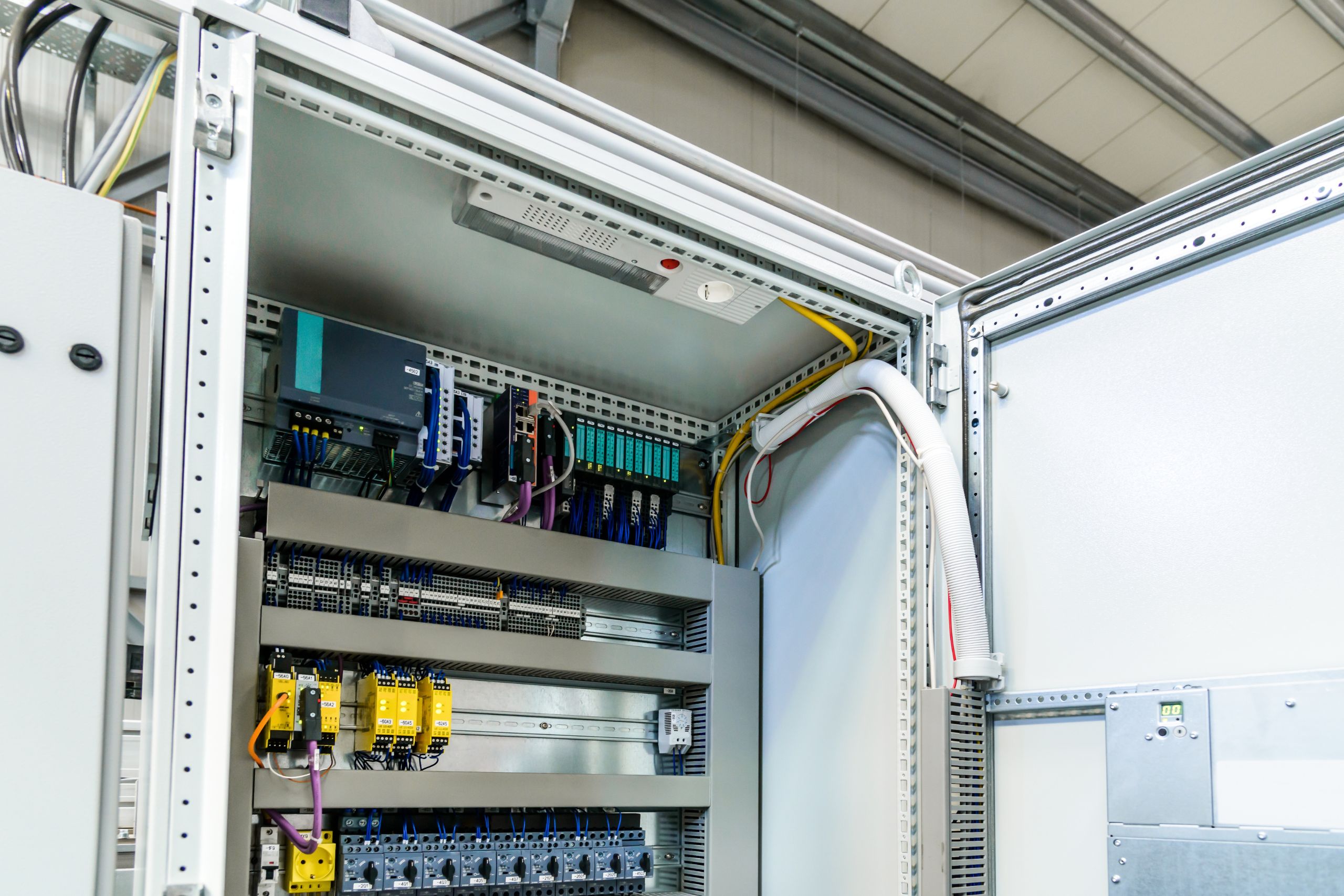
Electrical enclosures are essential components in any electrical system, providing protection to electrical equipment from environmental factors such as dust, water, and other contaminants. Choosing the right electrical enclosure is crucial to ensure the safety and functionality of your electrical project. This guide will take you through the process of selecting the perfect electrical enclosure for your specific needs, from design considerations to the installation process. Click over here to buy the best electrical enclosures.
Design Considerations
1. Environment
- Determine the environmental factors that the electrical enclosure will be exposed to, such as moisture, dust, and chemicals.
- Choose an enclosure with the appropriate IP (Ingress Protection) rating to ensure it can withstand the environmental conditions of the installation location.
2. Size and Capacity
- Consider the size of the equipment that will be housed in the enclosure to determine the appropriate dimensions and capacity.
- Ensure that there is enough space for proper ventilation and maintenance of the electrical components.
3. Material
- Select the material of the enclosure based on the environmental conditions and the level of protection required.
Types of Electrical Enclosures
1. NEMA Enclosures
NEMA (National Electrical Manufacturers Association) enclosures are designed to meet specific environmental and performance requirements.
- NEMA 1: General purpose indoor use
- NEMA 4X: Corrosion-resistant and waterproof for outdoor use
- NEMA 12: Dust-tight and drip-tight for indoor industrial applications
2. Junction Boxes
Junction boxes are used to house electrical connections and provide protection for wiring junctions.
- Select the appropriate size and material based on the number of connections and environmental factors.
- Available in various configurations such as plastic, metal, and fiberglass.
3. Operator Interface Enclosures
Operator interface enclosures are designed to house human-machine interface (HMI) devices and protect them from external elements.
- Choose an enclosure with a viewing window and proper sealing for touchscreen interfaces.
- Ensure adequate space for mounting and wiring of HMI devices.
Installation Process
1. Location
- Select a suitable location for the electrical enclosure, ensuring easy access for maintenance and ventilation.
- Avoid placing the enclosure in areas prone to extreme temperatures, moisture, or direct sunlight.
2. Mounting
- Securely mount the enclosure to a wall or surface using appropriate mounting hardware.
- Ensure that the enclosure is level and stable to prevent any damage to the electrical components.
3. Wiring and Connections
- Properly route and organize the wiring inside the enclosure to prevent interference and ensure safe operation.
- Follow the manufacturer's guidelines for connecting electrical components and ensure all connections are secure.


,quality(85)/f/54992/2220x1110/c7c362c1c9/stoneside-custom-transitional-shades-breakfast-nook-short.png)

